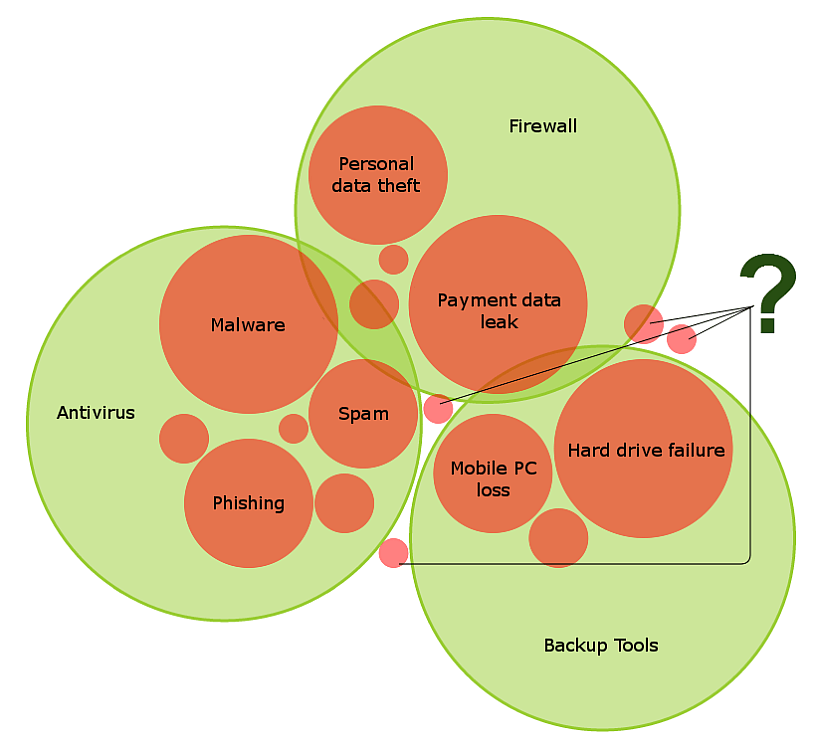According to Gartner, there are currently over 6 billion IoT devices on the planet. Such a huge number of potentially vulnerable gadgets could not possibly go unnoticed by cybercriminals. As of May 2017, Kaspersky Lab’s collections included several thousand different malware samples for IoT devices, about half of which were detected in 2017.
malware
A distributed denial-of-service (DDoS) attack is one of the most popular tools in the cybercriminal arsenal. The motives behind such attacks can vary – from cyber-hooliganism to extortion. There have been cases where criminal groups have threatened their victims with a DDoS attack unless the latter paid 5 bitcoins (more than $5,000). Often, a DDoS attack is used to distract IT staff while another cybercrime such as data theft or malware injection is carried out.
The Mirai botnet, which is made up of IoT devices and which was involved in DDoS attacks whose scale broke all possible records, causing denial of service across an entire region, has been extensively covered by the mass media. Given that the botnet’s source code has been made publicly available and that the Internet of Things trend is on the rise, no decline in IoT botnet activity should be expected in the near future.
In Q3 2016, attempted infections by financial #malware were registered at 1.2m users’ computers #banking https://t.co/dTD5LqOeM7
— Denis Makrushin (@difezza) November 8, 2016
Any company regardless of the level of maturity possesses some valuable information which having got into the hands unscrupulous individuals can put an end not just to the financial future, but also to the whole business. Representatives of very small businesses may have quite considerable sums on their bank accounts, but they can seldom boast of their secure network of workstations. At best PC owners in the companies just install a demo version of an antivirus and a custom firewall. At worst they do not establish protection at all.



